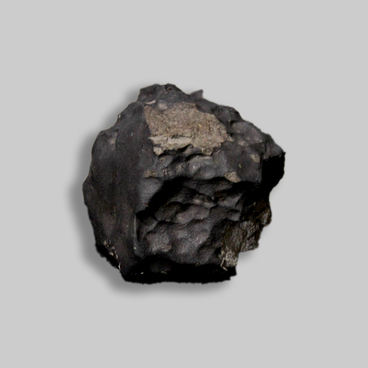The bobak marmot is one of the largest representatives of the Sciuridae family: the length of its body ranges from 50-70 centimeters, and male marmots can weigh up to 10 kilograms. This rare species inhabits the area of the Republic of Bashkortostan. Marmots live in colonies that last many years, arranging burrows to live in for various purposes, and with various levels of complexity.
Protective burrows are small, short, and have one entrance, without any nesting chamber. Marmots hide in those for protection, and infrequently spend the night there. Those kinds of burrows can number up to 10 in the boundaries of a feeding area. Permanent burrows are much more complex, and there are wintertime and summertime ones. Summertime burrows are a complicated system of passageways.
They are connected with the surface via several entrances. Quite a few dead ends branch off from the burrow’s main passageway. Wintertime burrows are sometimes built in a less sophisticated manner, but the nesting chambers in those are located at a deeper level, in soil horizons that do not freeze, down to a depth of 7 meters. In particularly complex burrows, sometimes there are several chambers that have different sizes, and the passageways form several “floors”. The overall length of the passageways that make up a permanent burrow can reach from 57 to 63 meters.
Typically, two marmots in the colony act as sentries while the others eat. Hearing in marmots is not as well developed as their vision, so the main danger signal is not as much a marmot’s whistle as it is the sight of a relative running to the burrow. Marmots move in jerky, short bursts, sometimes stopping and remaining motionless in one place. When fleeing from pursuit, the bobak marmot runs fairly quickly, and tries to hide in the nearest burrow. Bobak marmots eat vegetation.
Typically, two marmots in the colony act as sentries while the others eat. Hearing in marmots is not as well developed as their vision, so the main danger signal is not as much a marmot’s whistle as it is the sight of a relative running to the burrow. Marmots move in jerky, short bursts, sometimes stopping and remaining motionless in one place. When fleeing from pursuit, the bobak marmot runs fairly quickly, and tries to hide in the nearest burrow. Bobak marmots eat vegetation.
Their favorite plants are wild oats, wheatgrass, chicory, and clover. Usually the marmots’ mound — a mound of earth dug up from the marmot’s burrow — stands out sharply with its lighter color against the backdrop of the dark soil humus in the steppes. The soil here is drier, and saturated with nitrogen and minerals. The height of the mound reaches 1 meter. On the marmots’ mound near the inhabited burrow, there is a trampled spot that shows where marmots inspect their surroundings. Marmot mounds gradually become covered with vegetation that differs from the surrounding flora: wormwood and wheatgrass grow there. In places that are densely populated by marmots, marmot mounds can cover up to 10% of the surface, which gives the landscape an especially wavy appearance.



